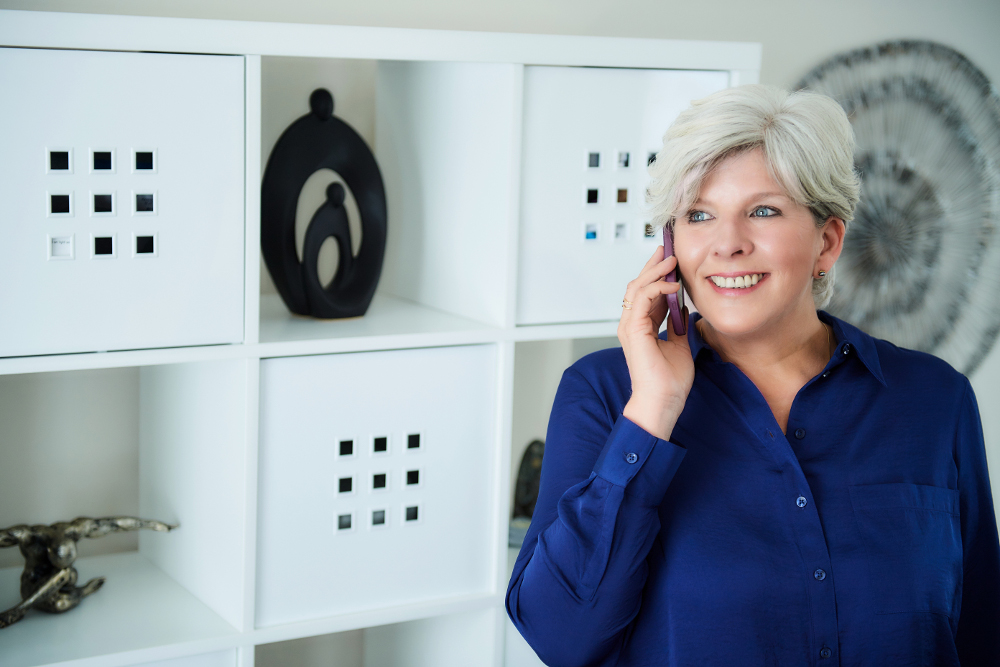You have to be in it to win it, as they say.
Generally, there are two types of business awards. Either you’re a nominee and win by popular vote or you need to submit a written entry.
If you’ve ever entered a business award, you’ll know from experience that writing a winning award entry isn’t as easy as seems and it’s pretty time consuming too. That’s why I recommend you start early and gather your evidence.
Many business make business awards a key component of their marketing strategy but still agree; it’s an all-consuming task and one that’s often left to the last minute or passed to the member of staff who is least busy at the time.
As well as great evidence, you need to be able to tell your story in a way that inspires and excites. The key is to write an attention-grabbing entry which gets your story across, brought to life with relevant and current evidence. Read the entry criteria carefully and make sure your submission ticks all the boxes, including the word count.
5 Top tips for writing business award entries
Read the entry criteria carefully. No two awards or categories are the same. Just because you entered your business for one award doesn’t mean the requirements will be the same for the others. Polish up any of your previous entries and bring them up to date with new achievements andevidence.
Find out who the judges are and what they are looking for? Think about how your achievement, project or campaign will appeal to the judges. What are they interested in?
Have you got any evidence? It’s all very well saying what you’ve achieved but have you got the evidence to support your statements? If not, how will you get it?
Key points: What are the key points you want the judges to know. Keep this in mind as you write your submission. Remember, they know nothing about your business so you need to put things into context
Keep to the word count Think about using pictures instead.
When you’ve submitted your entry and if it’s successful, or gets through the first round, you may be asked to do a presentation to the judges and answer questions so allow enough time to prepare and practice.
If you need help with your award entry, whether it’s to facilitate evidence or write the submission. Call me today to find out more about our award-winning writing and presentation design service.




